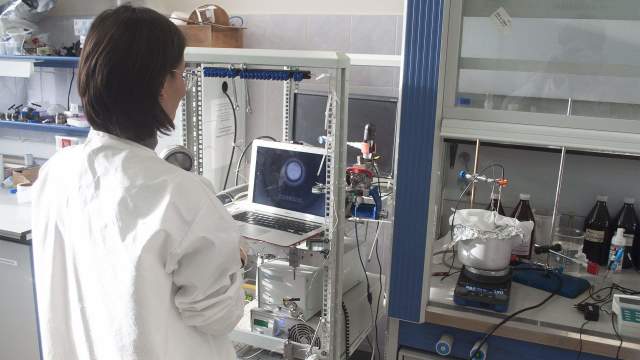Where will new materials be in demand and what are the difficulties of their mass production
Russian specialists have developed ultra-slippery coatings that protect surfaces from water, oils, dirt and other contaminants. New materials are characterized by stability and resistance to external influences. Scientists have also created a coating technique. Its advantages are the possibility of processing materials with a complex structure and environmental friendliness of production. Industry experts note the prospects of the development, but point out the difficulties in introducing it into production.
You can 't smear a clean one with dirt
The Institute of Organoelement Compounds named after A.N. Nesmeyanov of the Russian Academy of Sciences has developed an innovative technique for the manufacture of ultra-slippery polymer coatings. Such materials are special polymer films that have a water-repellent and self-cleaning effect.
These films consist of a solid porous base filled with a liquid filler. Securely embedded in the matrix, it forms an even and smooth coating with low surface tension. Once on it, particles of matter or drops of liquid simply slip off.
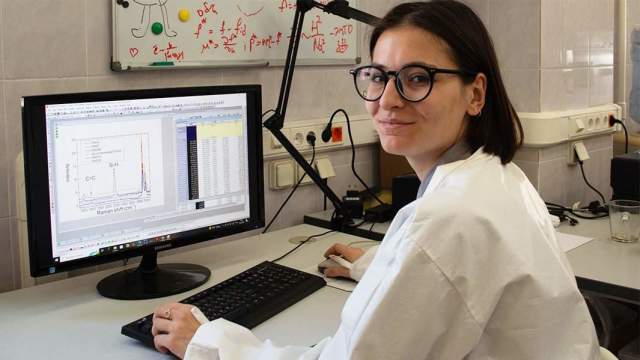
Photo: A.N. Nesmeyanov INEOS press service
Image source: iz.ru
In world science, such materials are referred to by the abbreviation SLIPS — Slippery Liquid-Infused Porous Surfaces". In Russian, it translates as "slippery porous surfaces soaked in liquid".
— You can imagine the structure of such a coating in the form of a kitchen sponge for washing dishes soaked in oil. Due to the thin solid oil layer, liquid droplets can effectively roll off such coatings," Polina Ghazaryan, one of the leading performers of the project, a researcher at the INEOS Laboratory of Physical Chemistry of Polymers, explained to Izvestia.
Big wash
Due to their properties, ultra-slippery materials have become widespread in various spheres of life. For example, they are used to create surfaces with water-, oil- and dirt-repellent properties.
With the help of special additives, coatings are given antimicrobial, refractory, anti-icing and other useful properties.
— The big problem with SLIPS materials is that as they are used, the filler is washed out of the matrix and the coating loses its properties. That is, the liquid layer requires constant updating," Polina Ghazaryan said.
She explained that chemists from the Nesmeyanov Institute had achieved a strong crosslinking of a liquid polymer filler and a matrix.
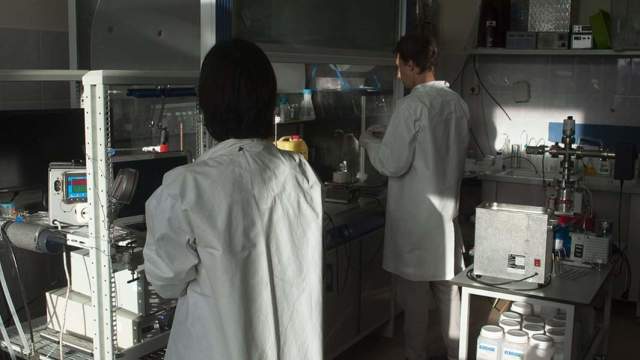
Photo: A.N. Nesmeyanov INEOS press service
Image source: iz.ru
This made it possible to make ultra-slippery coatings more stable and durable. Experiments have shown that when applied to fabrics, they retain their properties for at least 20 wash cycles.
— The current technical regulations prescribe that special fabrics do not lose their properties after five washing cycles. Usually manufacturers set their own increased regulations, — Alla Kurdenkova, associate professor of the Department of Materials Science and Commodity Expertise of the Kosygin Russian State University, explained to Izvestia.
The expert believes that the development of chemists from INEOS fits into this trend.
Technology and ecology
Polina Ghazaryan noted that the dry method of applying ultra-slippery coatings using carbon dioxide under pressure as a solvent was used in the work. This method allows you to process surfaces with a complex structure. For example, fabrics or non-woven fibrous and porous materials.
— In a supercritical state (the boundary between the liquid and gaseous phase. — Izvestia) carbon dioxide evenly dissolves polymers and distributes them between the fibers of the material. When the pressure is relieved, polymers are deposited on each individual fiber, forming an ultra-thin film.
To create the appropriate conditions, chemists use reactors — special tanks with valves that allow you to control temperature and pressure modes. After the completion of the technological operation, carbon dioxide returns to the gaseous state. Therefore, it is not necessary to clean the processed product from solvent residues, as it simply flies away.
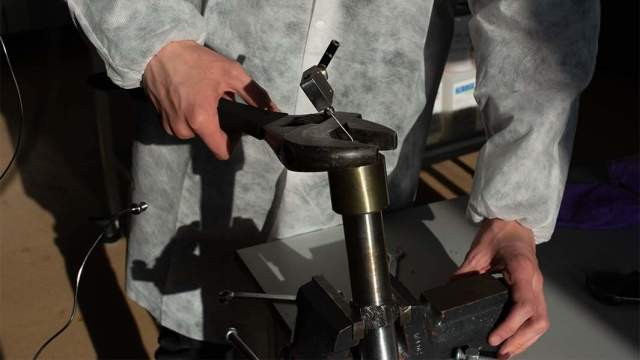
Photo: A.N. Nesmeyanov INEOS Press Service
Image source: iz.ru
— Another advantage of the method is its environmental friendliness. After processing one product, we can collect the used gas and send it to the next cycle," explained Polina Ghazaryan.
Scientists have tested their development on different types of surfaces and hope that the innovation will help to create resistant protection from water, oils and dirt for many types of materials. It can be furniture, clothes, shoes and much more. The method is also applicable for the processing of industrial and household containers in order to avoid the loss of products as a result of sticking of various substances on the walls of vessels.
A promising direction is the use of ultra—slippery coatings to combat biological fouling, the negative effects of harmful microorganisms and moldy fungi.
Put into production
Industry experts note the prospects for the development of chemists, but at the same time point out the difficulties in organizing mass production.
— For example, in the textile industry, the organization of a production line is important. Therefore, questions arise as to how to integrate the proposed technology into the stream. First, to do this, you need to develop the appropriate equipment and figure out how to load products into it for processing and unload them. Secondly, the recovery operation (the return of a part of the substance or energy for reuse. — "Izvestia") carbon also requires additional measures and equipment, — explained the chief technologist of the company "TK-Innotek", co-author of the book "Textile materials with protective properties" Oleg Erofeev.
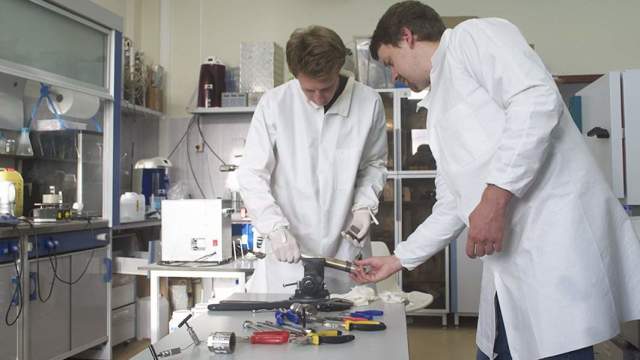
Photo: A.N. Nesmeyanov INEOS press service
Image source: iz.ru
Therefore, the expert believes, for use in mass production, the technology requires serious refinement. It is important that the result is an acceptable cost of production.
— The more new developments there are, the more chances the domestic industry has to be competitive at the global level. Currently, we are seeing a lag in the variety of materials," Yulia Boyko, associate professor at the Russian Technological University of MIREA, explained to Izvestia.
She believes that in order to organize mass production of products according to the proposed methodology, it is necessary to interest investors, because state support in this direction is not enough.
Now scientists from INEOS continue research and experiments to search for new applications of ultra-slippery coatings. In particular, they intend to develop fire-resistant coatings based on them.
Andrey Korshunov
